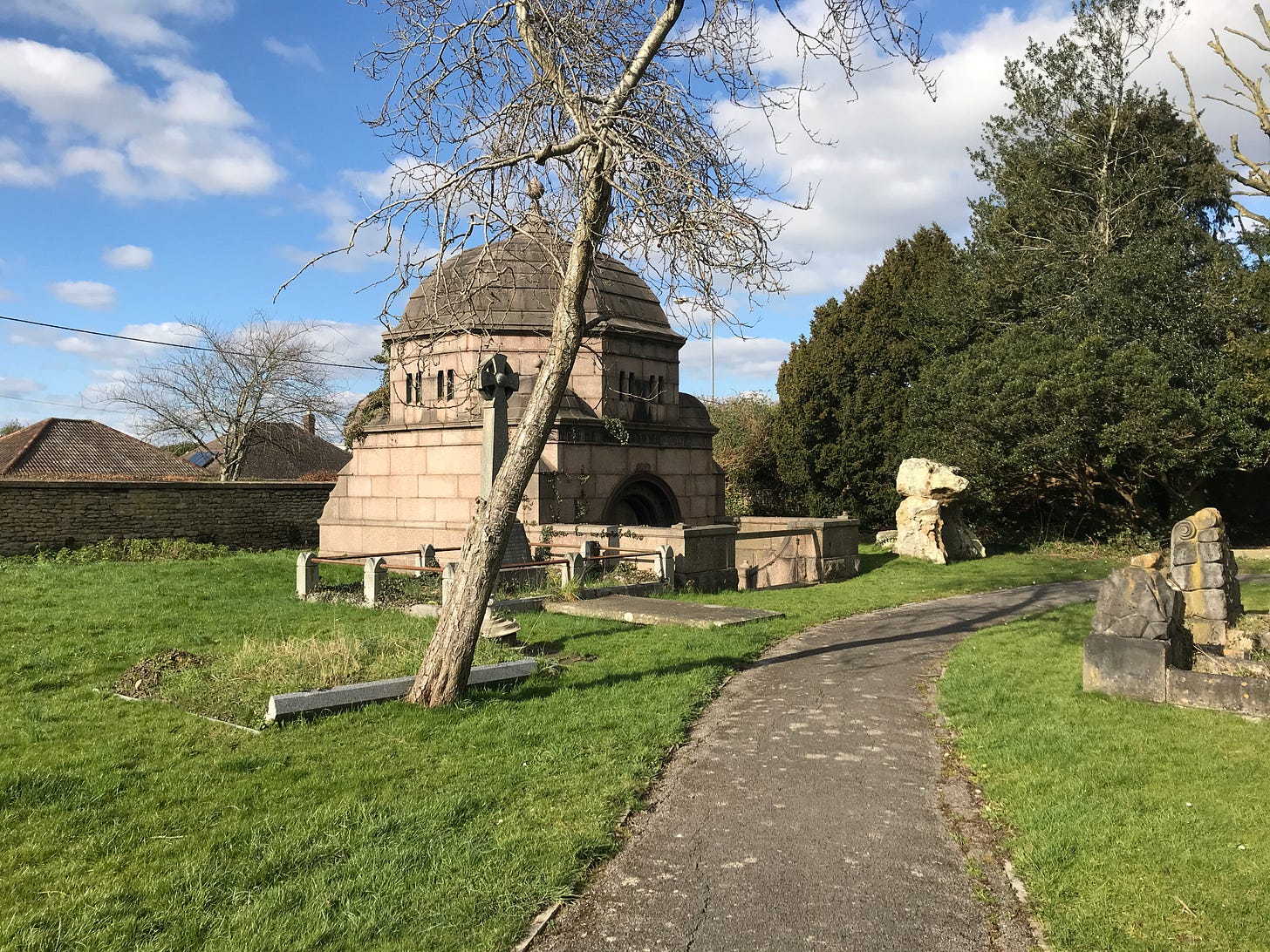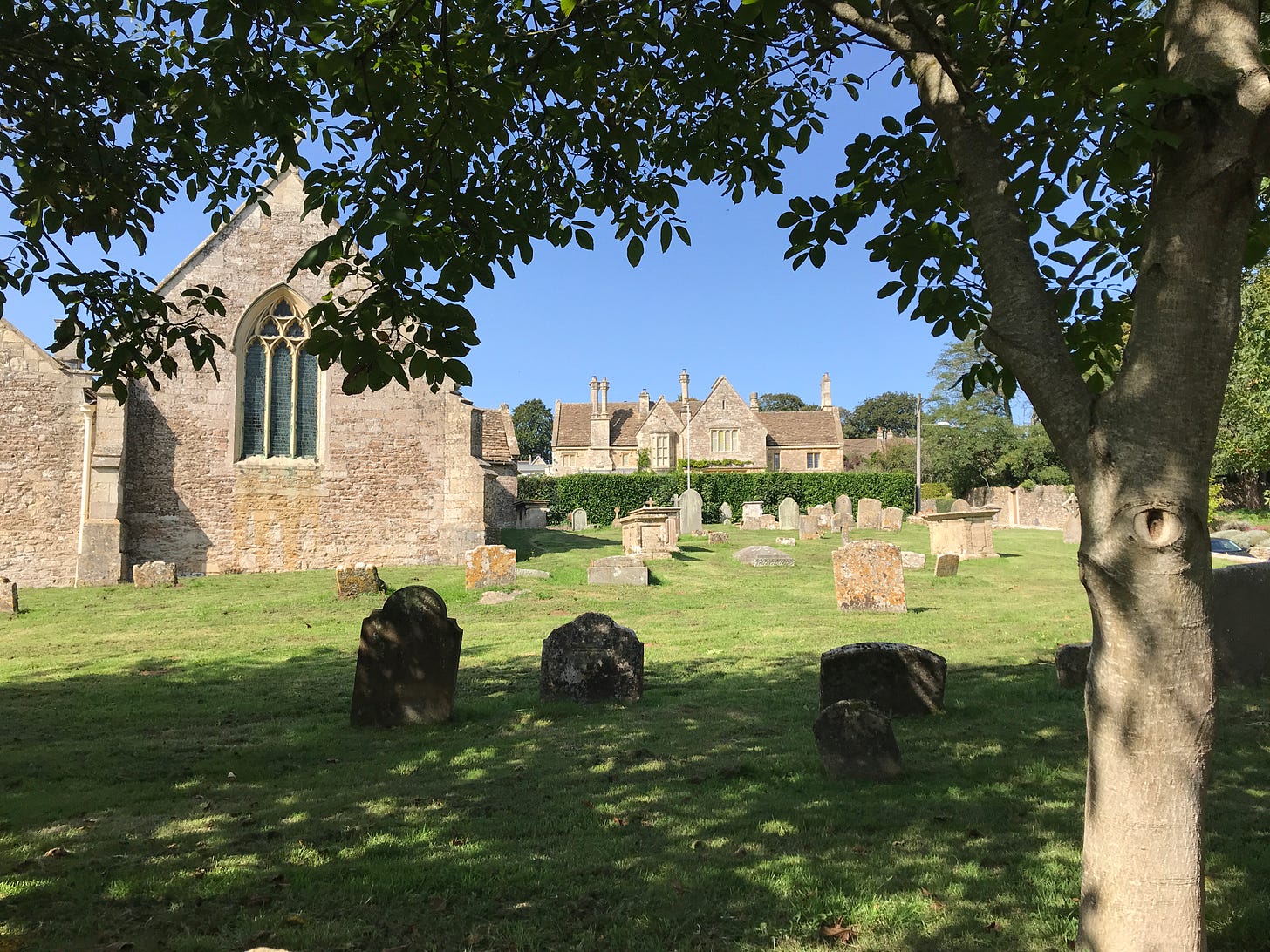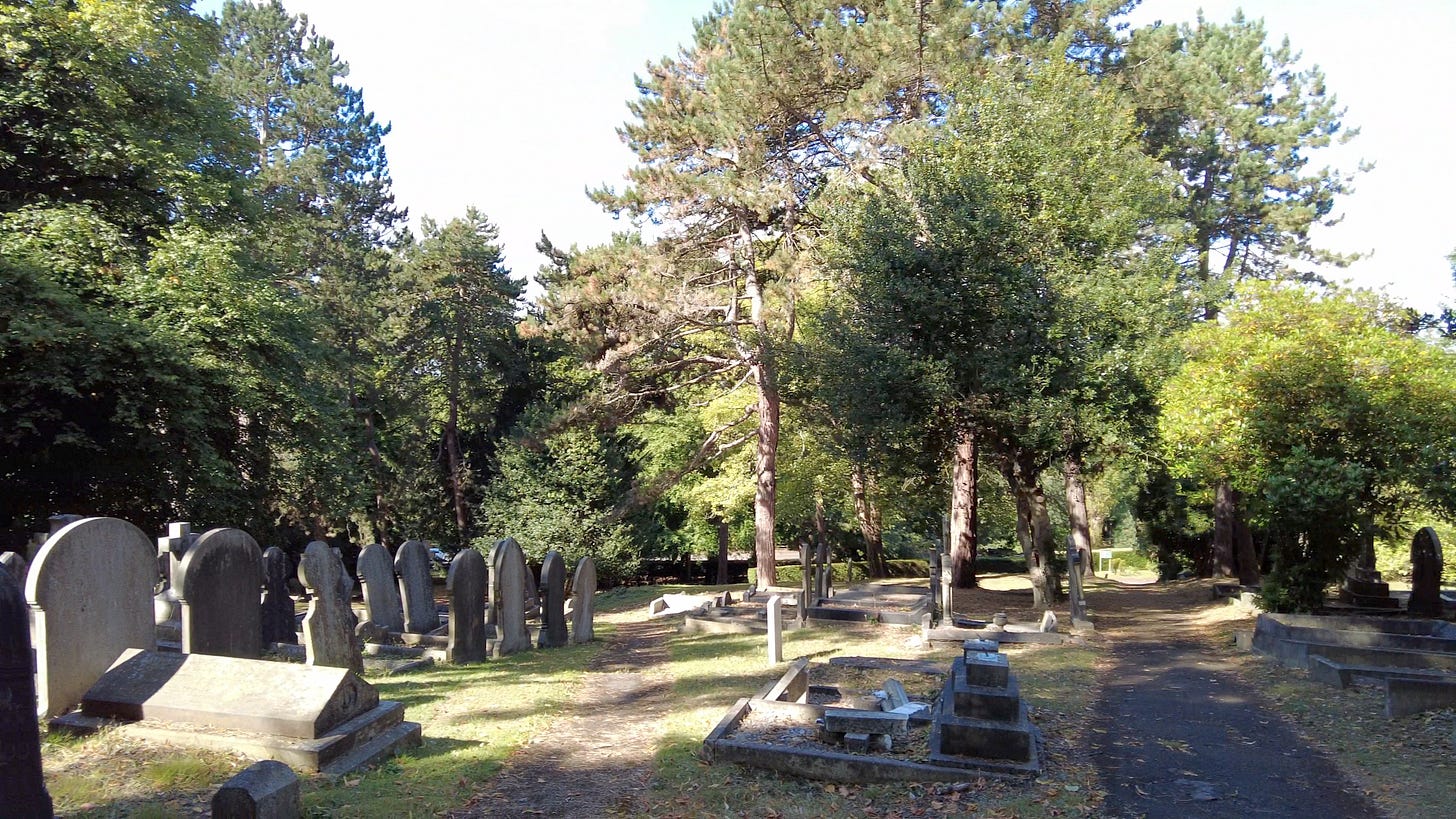Why did the Victorians build so many cemeteries?
Many are beautiful places to visit
When I visit a new place, I will often visit the cemetery. There are some extremely old churchyards with headstones going back several hundred years, even if hard to read, that are useful guides to family names in the area when matched with other more recent headstones. Many towns I come across have a public cemetery built by the Victorians.
This, in my mind, raised the question: Why did the Victorians build so many cemeteries? Many of them are also very park-like and beautifully laid out, with graves often found under the overhanging branches of mature trees. They are places of calm and contemplation along with a haven for wildlife. Many species of birds can be found alongside mammals such as badgers, foxes, and smaller creatures like mice, making them perfect for their habitation.
To answer why the Victorians built so many of these wonderful cemeteries, we need to look at what was happening during the 19th century in Britain.
With a population that had been growing through the previous century, the number of deaths would consequently be rising. In 1839, it was said that ‘British burial grounds had become a site of national crisis’.
‘A Bed of Maggots’
Churchyards were full, and in 1846, a newspaper, The Bedford Mercury, mentions, “matrasses of malaria were aggregated by the practices in the town, such as burying the dead in graves close to the streets, and in confined spaces only fitted for a hot bed of maggots”.
Adding further to the problem was that not everyone belonged to the Anglican or Roman Catholic Church. People didn’t want to be recognised as a member in order to be buried in a church graveyard. Not all non-conformist churches had grounds into which to bury their deceased members, and, of course, non-believers certainly didn’t want to be associated with a religion.
Burial Acts
It became necessary for the government to issue orders to cease burials in many churchyards and enact laws to ensure public safety and decency. A series of Acts of Parliament were introduced, beginning with the Metropolitan Burial Act of 1852. According to Wikipedia, another twelve Acts followed up to 1885 in England. Ireland and Scotland had some differences and additional Acts.
When I was visiting Spital Cemetery in Chesterfield, Derbyshire, I discovered quite a lot of information regarding the opening of the cemetery and the debates surrounding it. One gentleman on the committee objected to why the dead should need to be buried in a park-like environment as they would not appreciate it. He had a point. There is a ‘but’ though that I would like to raise! Having beautiful areas allow a town or city to have some green breathing space and, as I mentioned earlier, to have a place for wildlife of all kinds to benefit from. Maybe these were not on the minds of the early committee members but their cemeteries have proven to be great places for this to happen.
Here’s something else I discovered about death in the 19th century. It was not a classless experience to be buried. In the Spital Cemetery, there were first, second, and third-class burials, with quite a difference in cost between first and third.
In addition to the wildlife, we humans can enjoy the quiet and nature in a well-designed and kept Victorian cemetery. I have visited quite a few and there will be more I am sure. So, from me, it’s a thank you to those who designed and fought for the right to have spaces for decent burials.
Thank you for reading. If you would like to leave a comment, please do; it’s always lovely to hear from my readers. If you are not a subscriber yet, please click the subscribe button and you will receive my next story into your email inbox. Subscribers will also receive approximately every two weeks a story from Roland’s Notebook (you can opt out if you wish), where I share stories on how we can reduce our digital dependence and maybe a few other stories along the way.
Thank you to those who have bought me refreshments! Here’s my Buy Me a Coffee link if you would like to do the same.







Green spaces are so valuable, and I wish more were being created today, rather than fields being claimed for housing. During bike rides with my dad in the '80s, we occasionally called in at a cemetery where his parents were buried. I loved the peaceful feel.